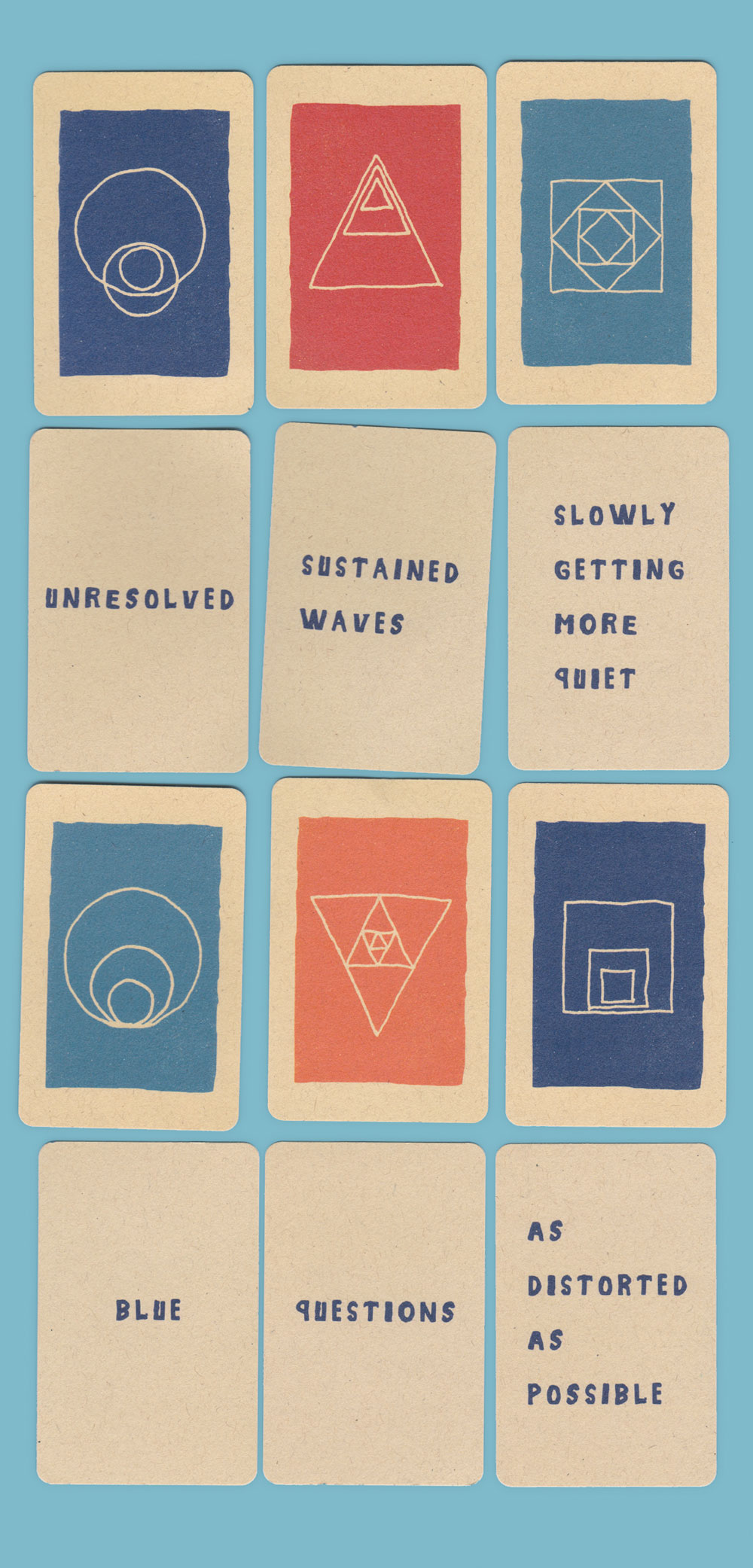Lauten Audio recently released a revision to their LA-320 [Tape Op #117] tube microphone. I’m a big Lauten fan and own several of their mics, including the original LA-320 and the Clarion FC-357. Everything they’ve created has a unique personality but fits multiple applications in a studio environment. This mic is no exception.
Both LA-320s are twin-tone tube microphones, allowing switching between the warmth and body of a vintage tube microphone and the clarity and presence of a modern tube microphone. Classic tube microphones were designed to work with a vintage signal chain that might be hard to come by these days, so it is also designed to sound great without one. Built with a custom-made Lauten Audio capsule, the mic's unique design creates the tone and gentle compression associated with classic signal chains. How? The LA-320 V2, like its predecessor, comes with high and low pass filters, a Lauten design I absolutely love! Toggling the filter switches can achieve a variety of sounds that make this mic quite versatile. These aren’t simply roll off filters; they work more like tone switches. Packaged in a sturdy aluminum case – suitable for long term storage or transport – it ships with a power supply, 5-pin cable, sturdy shock mount, and a svelte dust cover.
I tried the LA-320 V2 in a couple of settings, but mostly for tracking a singer-songwriter via a single mic. I have an artist I work with regularly where using two mics is problematic – poor performance posture and constant moving around to read lyrics – so I decided a one-mic approach was the solution. I set the mic far enough back not to block the talent's line of sight, but close enough to keep the vocal and guitar from sounding thin. I asked the artist to perform, put on my headphones and started flipping the high and low-pass filters until I got the sound I wanted. The filters were very helpful in sculpting a sound I liked, allowing me to get a clear vocal and guitar tone, reduce acoustic guitar boominess. I balanced vocal and guitar levels by using the filters and fine tuning the mic placement. I was performing directly opposite the artist, and the mic picked up minimal amounts of my acoustic guitar, illustrating that this mic has good rear rejection. I then had a chance to record upright bass with the LA-320 V2. Placing the mic right of center just above the bridge gave me a full-bodied tone with clarity and presence, but not muddy or dark. I didn’t use the high-pass filter, but in the right application that could be useful in helping upright bass cut through a mix, especially if used in tandem with a pickup to capture solid low end.
How is the LA-320 V2 different from the original? I really like my LA-320, but I love the V2. It sounds even richer and looks like an expensive mic, inspiring client's trust in my mic choice. I could rave about Lauten mics all day, so for perspective I handed the LA-320 V2 off to Jacob Light at Modern Tone Studios in Lafayette, CA, for his first Lauten experience. ?Ben
Initially I noticed how well built everything is. The mic's body, grill, and metal shock mount are made to last decades. For acoustic guitar, I put up the mic about a foot away from the guitar, pointing it somewhere between the 12th fret and the join (where the neck meets the body). I ran the mic through a Neve-style preamp, and it sounded phenomenal. I engaged the built-in high-pass filter on the mic and patched in an opto compressor. I love using tube mics on acoustic guitars, and the LA-320 V2 did not disappoint. The guitar sounded big and full-bodied without being boomy or muddy. I especially enjoyed the detailed high mids and the top-end chime, which sounded great with no apparent harshness.
Next, I set up the LA-320 V2 for male vocals. Both the singer and I were impressed with the low mid glow the mic naturally highlighted. I ran it through a CAPI VP28 preamp [Tape Op #77] and ended up using the high-pass filter at 85 Hz on the pre, disengaging the built-in filter on the mic to capture more of the beautiful low end of the singer’s voice. We tracked vocals for over two hours and encountered none of the usual suspects such as harsh sibilants, piercing high end, or those over-pronounced EQ curves we sometimes get with budget mics and modern reproductions of old-school mics. The vocals sounded mix-ready – present, detailed, warm, and forward. I was genuinely impressed with the LA-320 V2; especially given its friendly price point! ?Jacob
If I had $1000 to build a starter recording rig, I’d spend $699 on this mic, and $299 on an interface. This mic will make up for any cheap preamp between your sound source and your hard drive. If you’re looking for a classic-sounding tube mic with a modern edge at a price you can afford, buy a Lauten LA-320 V2.




_disp_horizontal_bw.jpg)